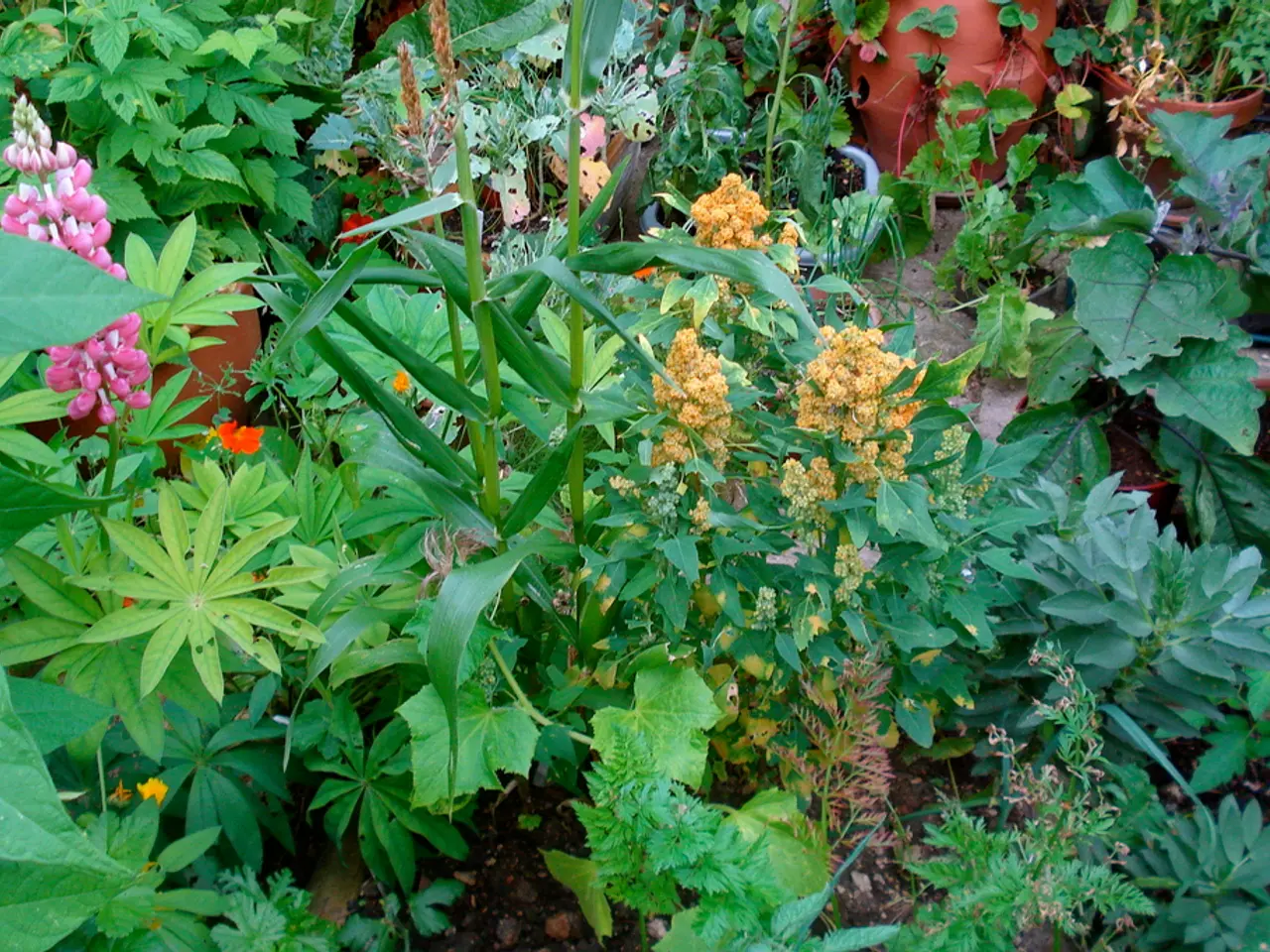Overcoming Gardening Challenges due to Physical Restrictions
For individuals with physical limitations, gardening can still be a rewarding and therapeutic activity. Here are some strategies to make gardening more accessible and enjoyable while minimizing strain.
**1. Raised Bed Gardens**
Elevated garden beds are ideal for those with mobility challenges or back problems. Beds should be 24-36 inches high and 3-4 feet wide, ensuring easy reach and rest seating on the edges. Use durable materials that can support both plants and occasional seating.
**2. Vertical Gardening Solutions**
Utilize trellises, wall-mounted planters, and hanging baskets to keep plants at eye level, reducing the need for bending and overreaching. Train vining plants like cucumbers, beans, and peas to grow upward for easier harvesting.
**3. Container Gardening Options**
Use containers that can be moved and placed at comfortable heights, such as on tables or wheeled carts. Self-watering containers reduce maintenance demands and ensure consistent moisture levels for plants.
**4. Ergonomic and Adaptive Tools**
Choose tools with padded grips, wrist supports, or extended handles to reduce strain on joints and improve control for those with arthritis or limited dexterity. Opt for lightweight tools to minimize fatigue.
**5. Accessible Pathways**
Ensure pathways are non-slip, even, and wide enough for wheelchairs, walkers, and canes, providing ample turning space.
**6. Therapeutic Garden Design**
Include benches or shaded rest areas for relaxation and enjoyment. Incorporate plants with fragrant aromas, varying textures, and visual appeal to engage all senses.
Other strategies include using powered equipment for strenuous tasks, such as battery-powered tools adapted with attachments for planting, weeding, and cutting. Garden seeders are readily available, with various options such as syringe-type dispensers and trowels with seed dispensers.
A kneeling pad, either store-bought or homemade, can provide comfort when gardening. Wearing a carpenter's apron helps keep track of gardening tools, requiring less bending. A two-wheeled wheelbarrow or a lighter plastic/aluminum cart with large wheels can be used to transport materials or plants.
Container gardening, window boxes, hanging baskets, trellises, and raised beds offer alternative garden types that can accommodate various physical limitations. Using the correct posture, pushing/pulling tools with palms, and covering tool handles with pipe insulation can further reduce stress on the body.
The right tool for the job can have a noticeable impact on the overall gardening experience. Defining the scope of work, emphasizing capabilities, and planning strategies are important before starting gardening activities.
This fact sheet was reviewed by Karen Mancl, PhD, Professor, Food, Agricultural and Biological Engineering, The Ohio State University, and Pat Luchkowsky, Director of Public Affairs, Easter Seals of Ohio. References for accessible gardening information can be found at various online resources, including wvats.cedwvu.org, dati.org, extension.unh.edu, and extension.umsystem.edu.
- The raised beds in home-and-garden designs that are 24-36 inches high and 3-4 feet wide are beneficial for individuals with mobility challenges or back problems as they ensure easy reach and resting seating on the edges, making gardening more accessible and enjoyable.
- Incorporating vertical gardening solutions, such as trellises, wall-mounted planters, and hanging baskets, can help keep plants at eye level, minimizing the need for bending and making gardening a part of a rewarding and therapeutic lifestyle that caters to individuals with physical limitations.





